Does Ragdoll Cat Shed Hair (Does Ragdoll Cat Shed Hair?)
Ragdoll cats love to shed hair.
As long-haired cats, the shedding situation tends to be more serious. Although Ragdoll cats look beautiful, they still shed quite a lot. Especially during their molting period, you can say a handful of cat hair comes off with every stroke. If you don't take good care of your cat, the shedding will continue nonstop.
Having a Ragdoll cat means being prepared to brush its fur every day. If you don't groom it, the loose fur will easily fall all over the room, making cleaning very difficult. Especially during the Ragdoll's molting period, brushing every day is necessary to enjoy petting your cat rather than just "petting the hair."
If the Ragdoll cat consumes foods high in oil and salt content, it will worsen the shedding. Be sure to control its diet, avoid feeding it leftovers, and preferably feed only cat food to prevent continuous shedding.
If shedding is severe, increasing the frequency of bathing can help clean the fur. However, do not bathe too often—no more than twice a month—and cats generally do not need frequent baths as too many can cause illness.
The beauty and fur of Ragdoll cats go hand in hand. Severe shedding might also be caused by malnutrition. Feeding it more hair-enhancing foods such as lecithin and salmon can strengthen the hair fibers and make the fur shinier.
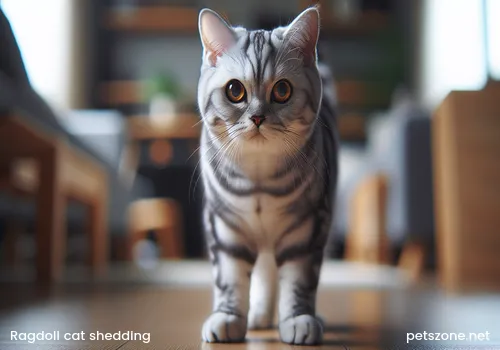
Does Ragdoll Cat Shed Hair?
Ragdoll cats are long-haired and shed heavily. Especially during their molting period, you can say a handful of cat hair comes off with every stroke. If care is neglected, Ragdoll cats will continuously shed in large amounts. Generally, they will not completely lose all their fur.
The fur of Ragdoll cats is relatively long, and the amount of shedding appears to be quite large. This requires owners to actively groom the fur and clean the home, but the main priority is to quickly find the cause of shedding and apply appropriate care. If Ragdoll cats shed excessively for a long time, bald patches may occur.
Do Ragdoll Cats Shed a Lot?
First, improve the Ragdoll cat's diet by switching to cat food with hair-firming effects.
Second, brush the Ragdoll cat's fur morning and evening, and bathe it regularly—preferably once a month.
Third, let the Ragdoll cat get more sunlight. Sunlight helps produce vitamin D in the fur, which can reduce shedding.
Firstly, clean the cat litter daily. If not cleaned for a long time, Ragdoll cats may urinate or defecate indiscriminately.
Secondly, provide places for the Ragdoll cat to scratch its claws. All cats need to scratch, which helps protect furniture from damage.
Lastly, Ragdoll cats are quite clingy and develop a strong dependence on their owners. Caretakers must pay close attention to their emotions.
Do Ragdoll Cats Shed Little?
Shedding is a common phenomenon in Ragdoll cats. It is inevitable to shed hair daily due to metabolism, but if a Ragdoll cat sheds excessively, owners should pay attention. Excessive shedding may be caused by nutritional deficiency or damage to hair or skin.
1. Seasonal shedding and molting: Normal shedding is mainly due to seasonal changes. During spring and summer or autumn and winter, Ragdoll cats shed to adapt to temperature variations since the hair helps keep warm or dissipate heat. Another is molting of the baby coat, which occurs around three months of age. For these two types of shedding, owners don’t need to worry, as the cat is healthy. Just provide nutrition to help new fur grow.
2. Nutritional deficiency shedding: If cats eat monotonous food or cat food, short-term issues may not appear, but over time, the cat's body can experience nutritional insufficiency. Lack of nutrients for hair leads to shedding. Also, cats eating salty foods long-term will shed more. For these reasons, owners can feed lecithin nutritional granules designed for cats.
3. Improper washing and care shedding: If owners neglect washing or do it improperly, Ragdoll cats may shed heavily. Owners need to bathe cats regularly but not excessively, two to three times a month is fine. Avoid using human shower gels or shampoos, as they can damage the cat’s skin and fur. Also, if the cat has skin disease, shedding will increase. Owners should observe if there are ringworm spots or an increase in dandruff.
Will Ragdoll Cats Shed Hair?
Ragdoll cats typically start shedding heavily around four months old. However, some cats cannot shed properly, mainly due to insufficient nutrition or improper care. In such cases, owners can take measures to help. Below is a detailed explanation:
1. Owners should diversify the Ragdoll cat’s diet.
Cat growth requires various nutrients working together to help effectively. Most commercial cat foods contain fewer nutrients, especially low-quality ones. Feeding only one type of cat food for long causes insufficient nutrition, making shedding more likely. Therefore, daily feeding should not be single-food only. Mix in chicken breast, beef, goat milk powder, or other foods to supplement protein and various nutrients for smooth shedding.
2. Proper feeding of Ragdoll cats.
With a rich diet, they can absorb various nutrients. Natural foods are unprocessed, so nutrient absorption is slower. To help Ragdolls shed well, owners are advised to supplement some pet nutrition products, such as Su. Bie. Li. Also, when possible, owners should brush the cat’s fur to remove loose hair and stimulate the skin to grow fur well.
3. Regular external parasite control is essential.
External parasite control is very important. If a Ragdoll cat suffers from parasite skin disease, its fur becomes rough and falls out, preventing proper shedding. Owners need to apply external parasite products timely. If unsure how to proceed, take the cat to a vet. Later, periodic parasite control should be maintained.
Is Ragdoll Cat Shedding Severe?
Shedding is inevitable, but severity depends on the situation. The British Shorthair Blue is a classic coat variety that sheds year-round, and under special conditions, shedding can be very severe.
For example, as summer or winter approaches, British Shorthair Cats undergo seasonal molting, growing new hair to adapt to temperature changes. If the living environment is humid and dirty, the cat can get ringworm, causing shedding that may spread all over its body.
Why Does Ragdoll Cat Shed Hair?
1. Seasonal shedding and baby coat molting
Normal shedding is mainly due to seasonal changes. During spring and summer or autumn and winter, Ragdoll cats shed to react to external temperature changes as the fur helps keep warm or cool. Another is baby coat molting, occurring around three months old. For these types, owners shouldn't worry as the cat is healthy and just needs nutrition to regrow new fur.
2. Nutritional deficiency shedding
If cats eat only a single food or cat food for a long time, it can cause nutritional insufficiency, leading to shedding. Also, salty food consumption over a long period contributes to excessive shedding. For these causes, owners can feed the cat lecithin nutritional powder designed for felines.
3. Improper grooming shedding
If grooming is neglected or incorrect, shedding increases. Owners need to bathe cats regularly but not too often—two to three times a month is adequate. Using human shower gels or shampoos is not recommended, as they can damage the cat's skin and fur.
Also, if the cat has skin disease, shedding will increase. Owners should check for ringworm patches and increased dandruff.
How to Handle Ragdoll Cat Shedding?
Summer is a hot season when Ragdoll cats shed a layer of downy fur and grow fur suited for the season. Shedding is very heavy during this change of season. Owners shouldn't be surprised but should maintain good fur care, frequently brush the cat, provide adequate nutrition, and keep the living environment clean to avoid the house being full of cat hair.
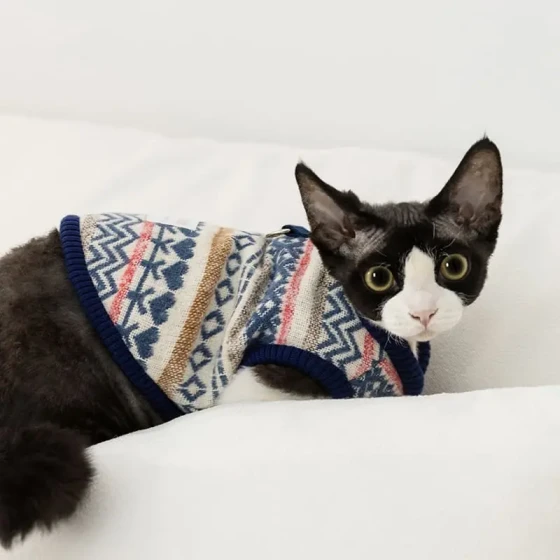
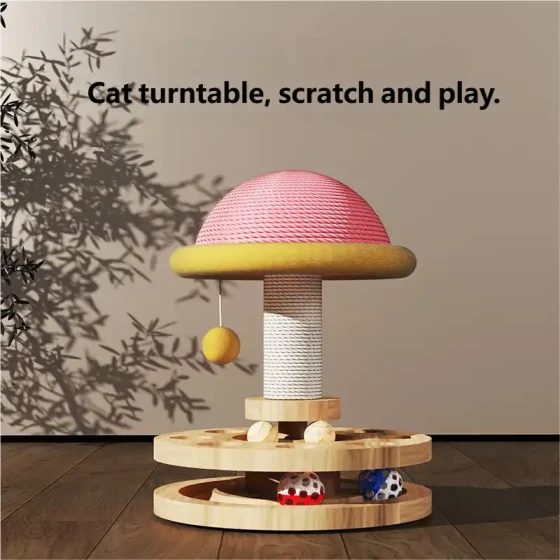
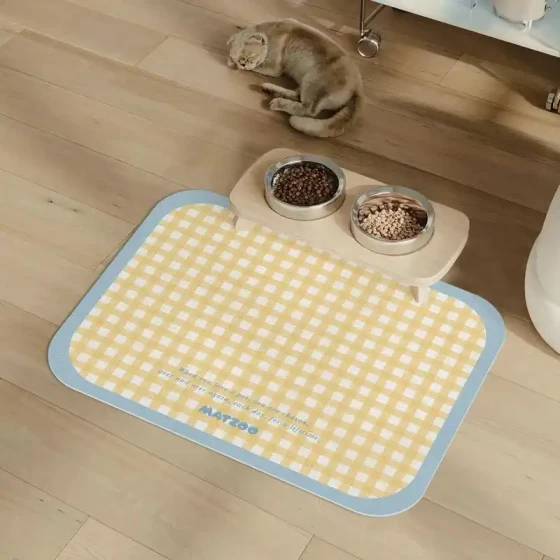
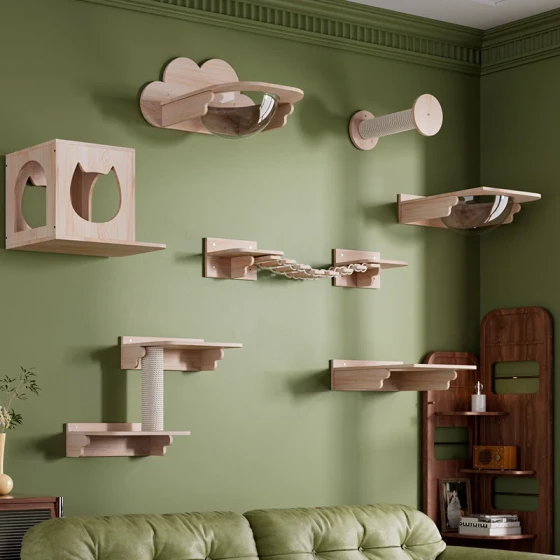
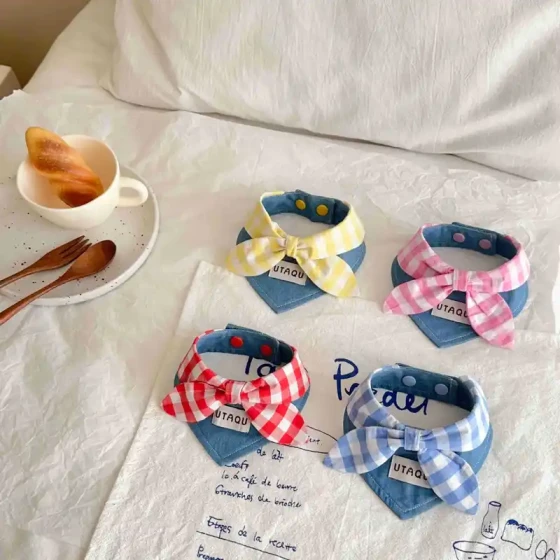
-560x560.webp)